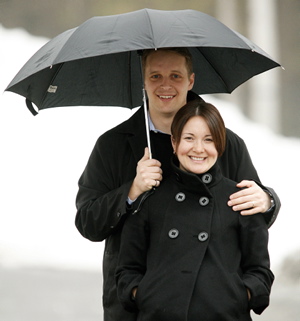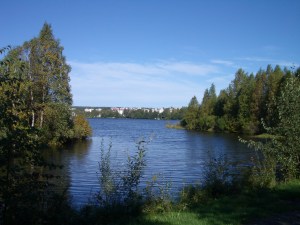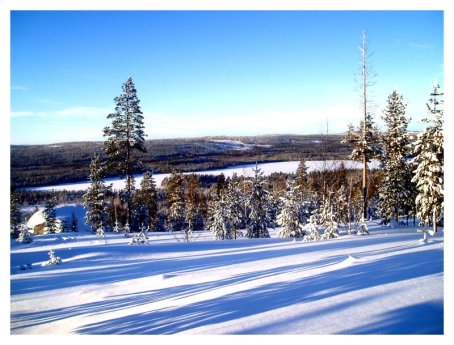
I am back home at Greece for holidays. It feels strange. It is not only the fact that you have missed a lot since the last time you were here but also people’s attitudes towards you or your behaviour towards your compatriots differs. You are perceived as a tourist or a creature from another planet.
The local shoe repairer in my neighbourhood here in Kozani was born and raised in Australia to Greek parents but decided to return to Greece with his wife 9 years ago. For the Australians, he was “the Greek” while for the Greeks he was “the Australian”. On his shop’s window one reads “The Australian”. He used that as an inside joke to be sarcastic about the whole situation.
After a long, dark winter in Helsinki and a rainy summer full of mosquitoes in Rovaniemi I was dreaming of the time I step foot in Greece. But the moment I got into the plane in Helsinki airport that would fly straight to Athens, I got cold feet. A plane filled with many Finnish tourists heading to the Greek islands of Kos, Rhodes and Crete, few mixed Greek-Finnish families with kids, and a small number of students and businesspeople.
Getting out of the airport and carrying all that heavy luggage in 38 C, getting on a freezing, air-conditioned bus and, then, being surrounded by loud, bubbly Greeks was a major shock compared to the finnish living conditions. I felt a tourist in my own country. But being Greek myself gives me the edge of the inside, tacit knowledge of the culture.
Many of my friends think of Greece as the ultimate summer destination. But there are a few cultural things that might upset Greeks as well as international visitors. And it is true that there are indeed many places worth visiting, beautiful sand beaches and crystal clear waters, breathtaking mountains, food available in great quality and quantity, cosmopolitan nightlife, extreme sports, and all these at reasonable prices.
But, here is list of what to avoid:
First, Greece is the paradise of smokers. Smoking rules are for breaking. If you don’t smoke you might find yourself in an uncomfortable situation but please tell people that it bothers you. Soon the EU law will be enforced, amen!
Second, do not take your pet in a restaurant. Mostly, it is not allowed and it is against etiquette. Confirm with your hotel that pets are allowed.
Third, do not rent a car if you are not accompanied with a local or you know the place very well. Even GPS doesn’t help. Plus, Greek drivers are notorious for driving impatiently and with disrespect to the rules.
Four, do not order just a greek salad for main course. There are many jokes for tourists that only eat salad and drink beer. There is a variety of healthy, light meals you can choose from. Go ahead and try!
Fifth, in general, Finns have a good reputation as tourists but drinking, street fighting and sea can be a lethal combo.







